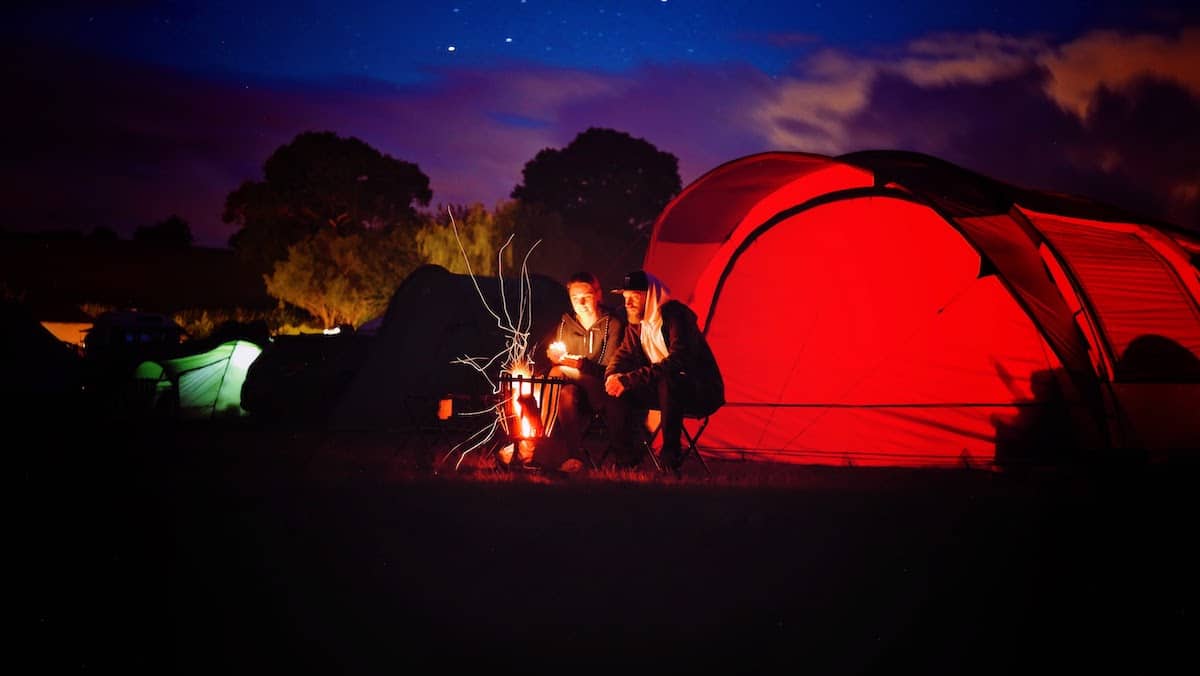When it comes to eco-friendly camping, there are a few key things that you need to keep in mind in order to make sure that your trip leaves as small of a carbon footprint as possible. First, try to avoid packing any non-recyclable packaging and opt for foods that don’t require refrigeration.
Don’t even start planning an eco-friendly camping trip unless you’ve got eco-friendly camping gear. Such camping gear includes items such as solar chargers, LED lights, and reusable water bottles. You also need to be mindful to stay in line with the ESTA visa (Electronic System for Travel Authorization) that ensures a legal stay in the US.
And when it comes to your actual campsite, be sure to leave it the way you found it – or even better! For further information on how to choose the best locations, and pack and cook smart, read our text below.
How to Choose the Best Location for an Eco-Friendly Camping Trip
When planning an eco-friendly camping trip, the first thing you need to do is choose the right location. And while there are many factors to consider, the most important one is definitely the environmental impact of your chosen destination.
To that end, try to find a location that’s as close to nature as possible. This way, you can be sure that your trip won’t have a negative impact on the local ecosystem. Ideally, you should look for a spot that’s off the beaten path and not too popular with other campers.
Another thing to keep in mind is the type of terrain you’ll be dealing with. If you’re not an experienced camper, it would be best to stick to locations with relatively flat terrain. This way, you won’t have to worry about getting lost or dealing with difficult hiking trails.
Also, research the local wildlife before choosing a campsite. Some animals can be quite dangerous, and you don’t want to put yourself or your family at risk by camping in their territory.
How to Cook for an Eco-Friendly Camping Trip
When cooking for an eco-friendly camping trip, there are a few things to keep in mind. First, try to use as little water as possible. Saving water this way includes boiling water only when necessary and using it to cook multiple items at once.
Second, use a camp stove instead of a fire. Not only is this more efficient, but it also produces less smoke. If you do need to build a fire, make sure it’s in a safe area and that you put it out completely when you’re done cooking.
Third, bring along reusable dishes and utensils. This way, you won’t have to worry about disposing of paper plates or plastic forks after every meal. And last but not least, try to buy locally sourced food whenever possible. Local food will help reduce your carbon footprint and support the local economy.
How to Pack for an Eco-Friendly Camping Trip
When packing for your camping trip, be sure to bring along items that are eco-friendly and will not damage the environment. For example, instead of bringing along paper towels, bring along a reusable cloth that can be used for cleaning up messes.
Bring along a refillable water bottle so you don’t have to use disposable cups or bottles. And, if possible, try to camp in an area that has already been established so you don’t have to clear any new land.
By following these tips, you can help make your camping trip more eco-friendly and help protect the environment.


